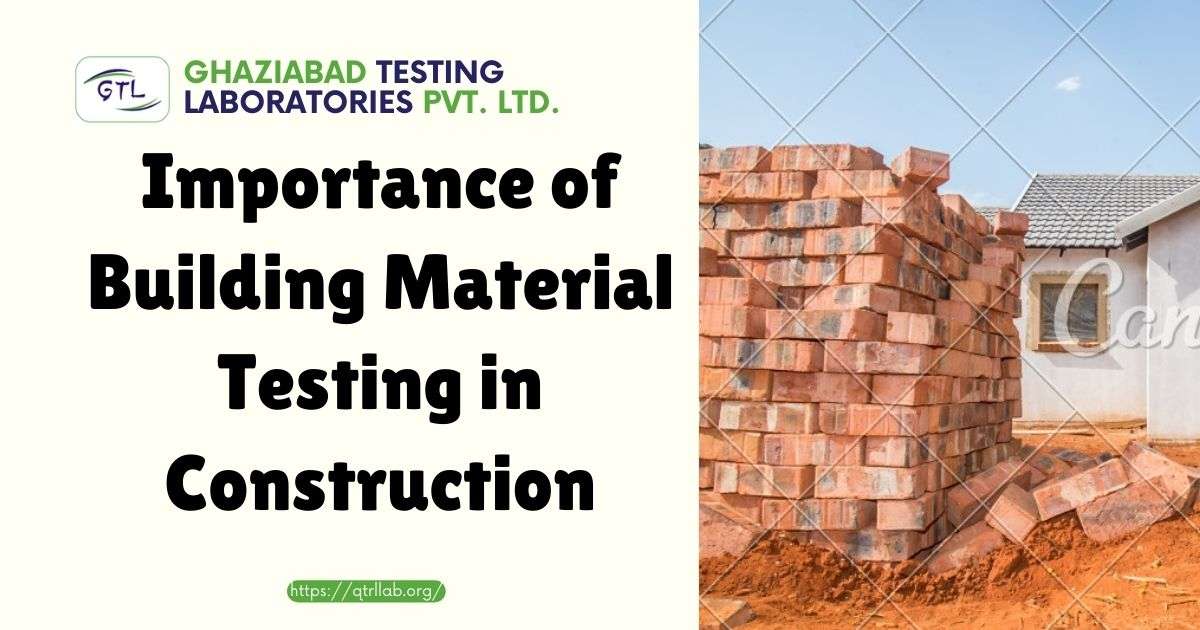Building or buying a new home is a significant investment. This article equips you, the homeowner, with the knowledge to ensure your house is built with quality materials and sound construction practices.
Why Quality Checks Matter
The current construction industry prioritizes speed and affordability, potentially compromising quality. Here’s how to be vigilant during construction and before taking possession.
Limitations of Soil Testing
While many recommend checking soil reports, a buyer’s role is limited. Soil tests inform structural engineers who design the foundation. Focus on selecting a reputable builder with a proven track record, especially if you have concerns about the soil conditions. An experienced engineer may also be a builder, but not all builders are engineers. Be extra vigilant in such cases.
Material Quality Checks:
- Cement: Inspect the cement bags for:
- Type: OPC or PPC (both suitable for good finishes)
- Grade: 43 (suitable for most projects) or 53 (for larger projects)
- Shelf life: Ideally less than 6 months old
- Lumps: Free from lumps for optimal quality
- Brand: Reputable brands are preferred
- Bricks: For red-fired bricks:
- Drop Test: Should not break when dropped from 3 feet (1 meter)
- Scratch Test: Should resist marking with a key
- Sound Test: A ringing sound when struck together indicates good quality
- Other Materials: Check for established brands and ISI standard certification for plumbing pipes, fixtures, electrical wires, and switchboards.
Workmanship: A Keen Eye for Quality
- Qualified Professionals: Ensure the builder assigns dedicated, qualified engineers to oversee the project.
- Concreting: Look for a smooth finish. Ready-mix concrete from a batching plant is generally more reliable due to controlled mixing. However, due to project size or budget constraints, this might not always be feasible.
- Curing: Witness proper curing practices – regular watering of concrete structures for 5-7 days to prevent cracks.
- Brickwork: Observe that bricks are adequately soaked before laying (except AAC blocks) and plastered surfaces are cured for at least 3 days. Check for neatly filled and finished mortar joints between bricks.
- Plastering: Look for masons using proper tools for leveling and finishing plaster. Curing for at least 3 days is essential.
- Flooring: Tiles should have straight joints, no hollow sounds, and even levels. Grout should fill all joints.
- Painting: Visible cracks in putty or plaster require immediate repair. External paint should be weatherproof.
- Waterproofing: Bathrooms and terraces require waterproofing with a warranty certificate from a specialized contractor.
Conclusion
By conducting these checks, you can ensure the longevity and quality of your new home. Being an informed buyer empowers you to hold builders accountable. If you have doubts, consult a qualified and experienced engineer.
Taking the time to carefully inspect your new home, big or small details, will ensure it stands the test of time. Knowledge is power, so being informed empowers you to make the best choices. If you have any questions or concerns, don’t hesitate to consult with a qualified, experienced engineer. At Ghaziabad Testing Laboratories Pvt. Ltd., we’re here to help you confidently make informed decisions about your future home. Contact us Now!















